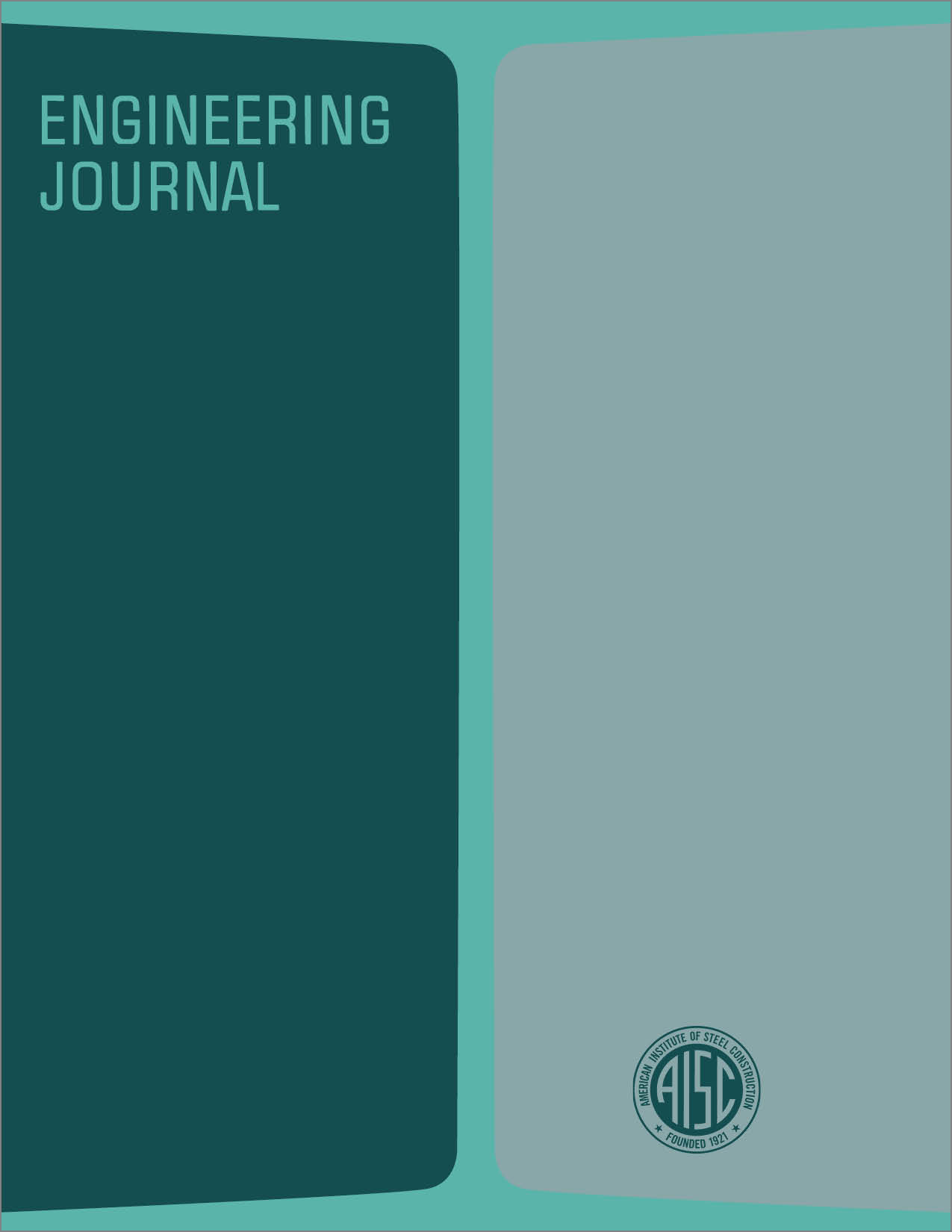High-Strength Bolting
DOI:
https://doi.org/10.62913/engj.v4i1.62Abstract
Just twenty years ago Professor Wilbur Wilson, a Professor of Structural Engineering at the University of Illinois, played a major role in the founding of the Research Council on Riveted and Bolted Structural Joints, the group largely responsible for high-strength bolting as we know it today. Since then, thousands of tests have been conducted on high-strength bolts and bolted connections, specifications for high-strength bolting have been issued by the Council, and many millions of high-strength bolts have been used in bridges and buildings. The high-strength bolt rapidly took its place in the structural field and has now become the "workhorse" fastener for steel structures. Although this fastener has proven to be extremely effective, occasionally trouble has been encountered and questions have been raised concerning high-strength bolting. Whenever such trouble has been encountered, it has almost always been as the result of a lack of understanding or improper application of the Councils specification. To help counteract this problem, an attempt will be made herein to provide some of the "whys" and "wherefores" of high-strength bolting. Some of the questions that are raised regarding high-strength bolting will be examined, consideration will be given to some of the changes that were introduced in the September, 1966 revision of the Research Councils specifications for high-strength bolting, and finally, some of the possible future changes and new applications of high-strength bolting will be discussed.

